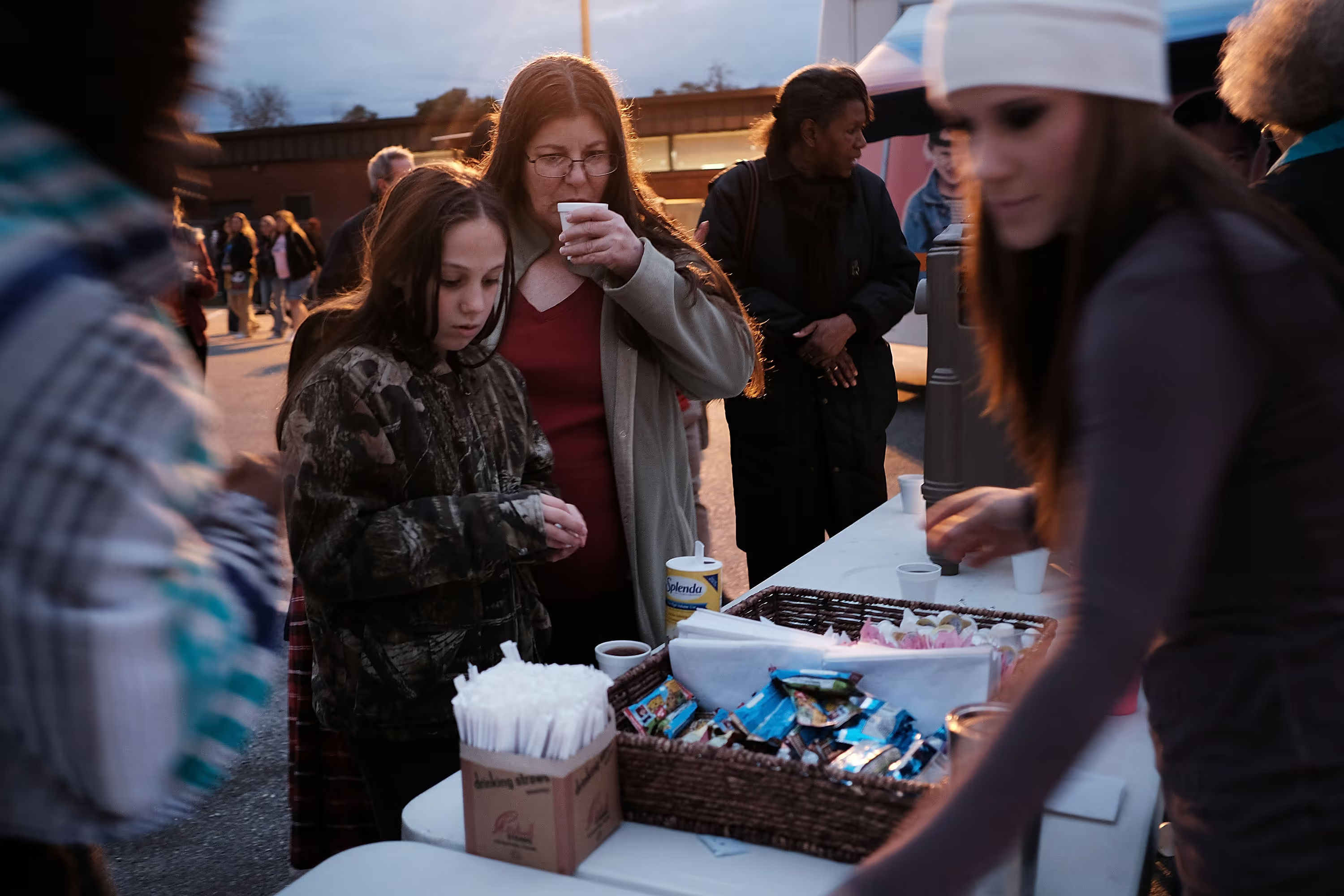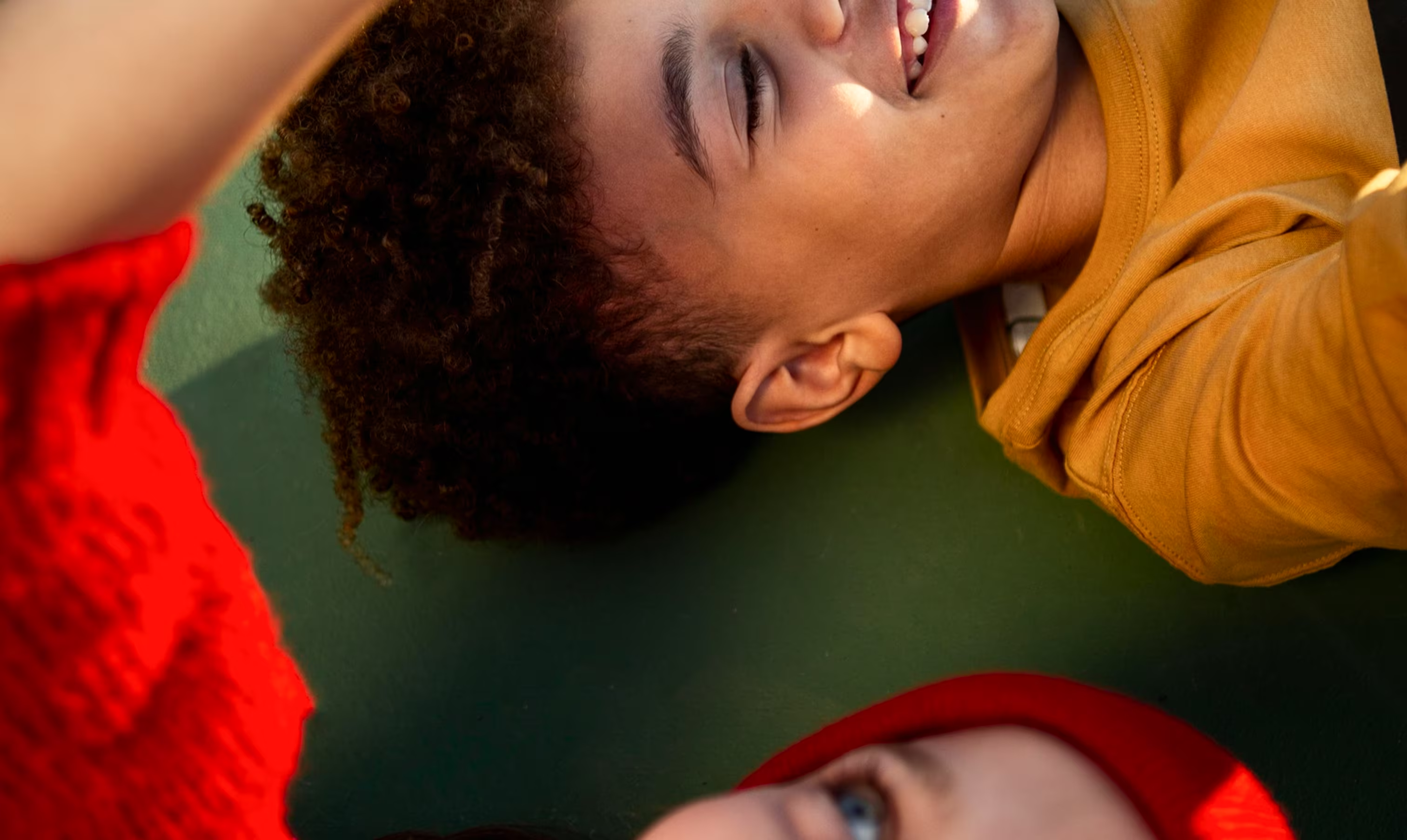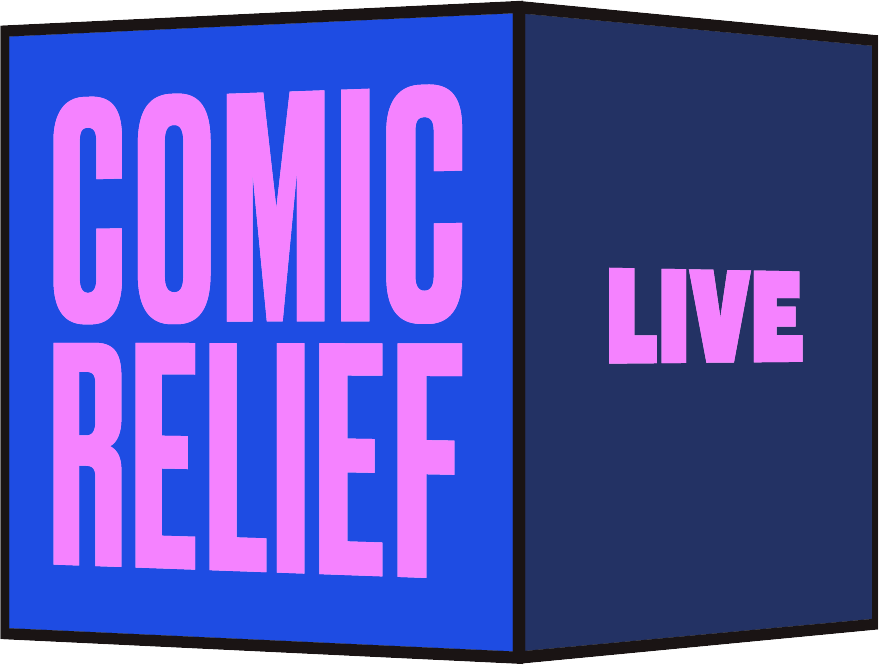The State of Childhood Poverty in America

You’ve probably seen the headlines that child poverty in the US has spiked, doubling since 2021.
In the U.S., poverty is measured via “thresholds,” which are assigned by the Census Bureau. If the family or person falls below the threshold assigned to them, that household is then living in poverty, according to the government. For a family of four, the threshold (referred to commonly as the poverty line) is $27,479.00. Many families live well below that income level — the national minimum wage is $7.25 an hour, which means in some states, a person working 40 hours a week, every week, makes $15,080 for a whole year — before taxes.
Right now, the US has the highest rate of children living in poverty among all developed nations, with about 12 million American children living below the poverty line.
But the poverty line is an out-of-date statistic that doesn’t nearly tell the whole story of poverty and the massive income gap in America. The truth is that life is far too expensive for far too many people, and a decent standard of living is completely out of reach for many. The housing market is historically unaffordable, and budget-breaking daycare rates mean that parents of young children are making difficult choices, including spending less on food and healthcare and important extras like afterschool and summer programs or building savings for their children’s college. Millions of families are just one missed paycheck or health crisis away from becoming homeless. And the stress of this affordability epidemic is also leading to widespread physical and mental health problems.
Here’s what that looks like for kids and their families:
- The effects of poverty on children can begin before birth. A mother’s experience of severe stress during pregnancy may result in changes to her unborn child’s developing brain and neural systems that alter how the child reacts to events and situations in the future.
- One in ten children in the U.S. spend at least half of their childhood in poverty. The myth that individuals can escape poverty through hard work is deeply embedded in the American psyche, but in fact, intergenerational mobility is lower in the United States than in any other developed country in the world,
- The number of impoverished neighborhoods in the U.S. has increased over the past two decades, and most of them are now in the suburbs. There are around three million more people living in poverty in suburbs than in cities at the moment, a trend largely driven by the high cost of rent in gentrified urban neighborhoods compared to the (relatively) more affordable suburban options. Urban and suburban areas look pretty similar in terms of education and employment rates, and single-parent households are also equally common. But suburbs often lack the support networks that cities have. Suburban schools have seen a surge in students needing free or reduced-price lunch—an increase of about 40 percent. And many of these districts aren't ready for the challenge, especially when it comes to disabilities, language barriers, and nutrition.
- Evictions have risen as well—7.6 million individuals are threatened with eviction each year in the United States, and nearly 40 percent—or 3 million of those people—are children. The Americans most at risk of eviction are babies and toddlers. According to recent data that provides the clearest and most complete information about just who is being evicted across America, households that include children under age five make up the largest group that have received eviction judgments since 2007.
- Many children who live in poverty face housing insecurity, and often live in substandard housing, in unsafe neighborhoods, or are homeless. Adults and children in families make up about 30 percent of the homeless population in the US. On a single night in January 2023, 57,563 family households were identified as homeless, and approximately 17,385 people in families were living on the street, in a car, or in another place not meant for human habitation.
- Children living in poverty often attend under-resourced, overcrowded schools that lack educational opportunities, books, supplies, and appropriate technology. In addition, families living below the poverty line often live in school districts without adequate equal learning experiences for both gifted and special needs students with learning differences and where high school dropout rates are high. They are also more likely to frequently change schools and face many challenges to achieve their academic goals. The longer children live in poverty, the greater their academic gap becomes, which affects their functional ability as adults.
- Kids raised in low-income homes are more likely to have life-long health conditions. Children who do not have enough to eat are at least twice as likely to report health problems and at least 1.4 times more likely to have asthma. Other issues can include not doing as well in school, having trouble with their emotions and making friends, being slower to learn new things, and acting out more. Research also shows that child poverty is associated with “neuroendocrine dysregulation,” which can lead to stress and depression, as well as to chronic cardiovascular, immune, and psychiatric conditions in later life.
- The lack of affordable childcare disproportionately affects low-income families. With high-quality child care out of reach, their children are unlikely to receive the same early educational support as their wealthier peers. This opportunity gap can exacerbate a cycle of intergenerational poverty, where children from low-income families are less equipped to break free from their circumstances.
Supporting Red Nose Day raises life-changing funds for children and families experiencing poverty, helping them access essential services and opportunities and removing barriers to economic mobility. We support more than 50 organizations across the U.S. and around the world that address the immediate needs of children facing poverty and work to set them up for a lifetime of success. We believe that less childhood poverty means more childhood. And more childhood means more opportunity for every child to get a great education, to have safe and supportive places to live, to be healthy, and empowered; to chase their dreams.





